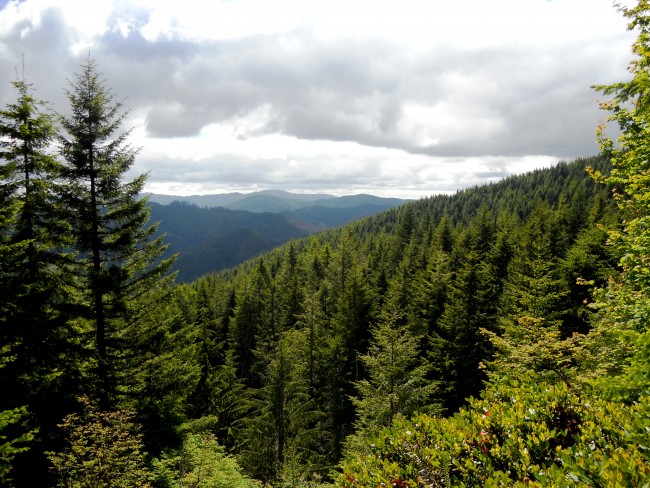Drought, hotter summers, disease and pests are stressing native tree species in Western Washington, according to scientists, King County agencies and conservationists. The Courier-Herald and other Sound Publishing newspapers reported that indigenous trees like Western hemlock and Douglas fir are struggling to thrive in Western Washington, increasing wildfire risks and impacting wildlife biodiversity.
According to the story:
Droughts have become hotter and have lasted longer in recent years, [Washington State Department of Natural Resources Glenn] Kohler said, and the number of days with temperatures over 90 degrees have been increasing. Trees in the Pacific Northwest can handle some years with high temperatures and a lack of water, but when these summers become more frequent, the trees end up with a water deficit. This wilts them, but also makes them more susceptible to insect infestations.
Trees use pitch and resin to push out insects, but when they are heat stressed or living with a water deficit, they are less able to resist bugs. The state has been finding bark beetles and wood boring beetles attacking trees and the widespread root rot disease may be increasing.
“For the most part, what we’re seeing is insects and diseases that are ordinarily kind of secondary — they are becoming more common, and that’s just because they could not kill or damage a healthy tree, but these weakened trees are more susceptible to them,” Kohler said.
To address these concerns, King County is incorporating many of the scientifically-based and proven-effective forest management approaches promoted by the Washington Forest Protection Association (WFPA) and strategies its members currently adhere to. Scientific research shows that actively managing forests not only helps reduce the excess fuels that increase fire danger, but it provides space for stronger trees to grow and improve the overall health of the forest.
Practices like thinning help reduce tree density to allow more sunlight to nurture thriving trees while reducing the spread of wildfire. Accurately diagnosing and effectively managing insect infestations, disease and excessive animal damage can limit damage and help trees weather temperature extremes, drought and high winds. And properly applied herbicides can help prevent wildfire and promote the growth of young trees by controlling wild vegetation and grasses that compete for growing space and resources.
And because many private forestland owners recognize that maintaining healthy forests is a shared responsibility between the public and landowners, private landowners have voluntarily participated in the state’s Forest Health Program to protect their forests from fire, insects and disease.
“I am proud of the commitment and stewardship that Washington Forest Protection Association membership has demonstrated in counties and the state,” said WFPA Executive Director Mark Doumit. “Well managed forestlands make for strong, resilient forests that benefit our economy, the environment and wildlife.”
